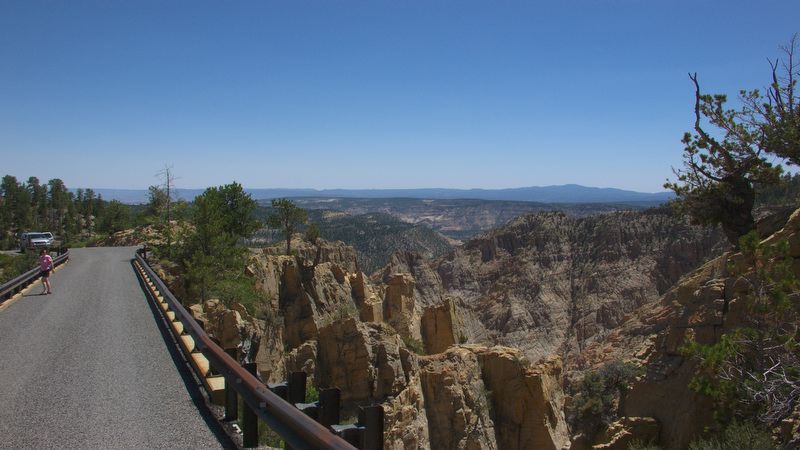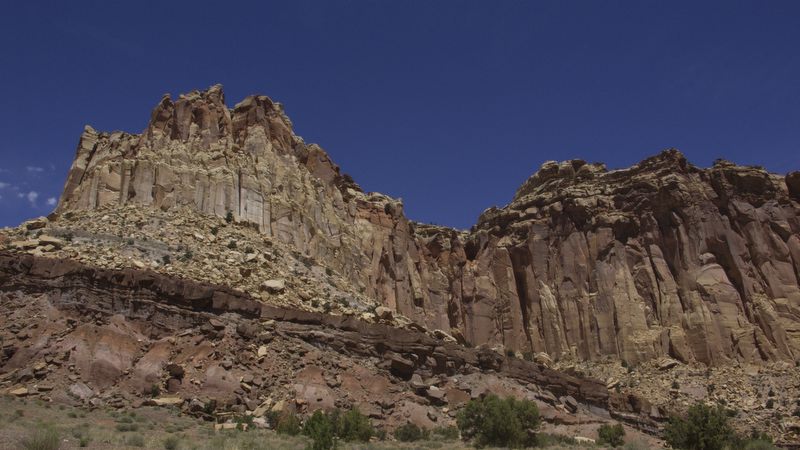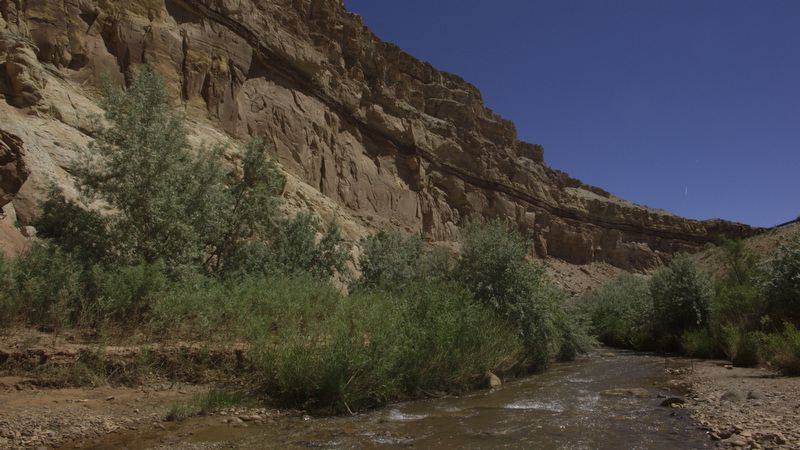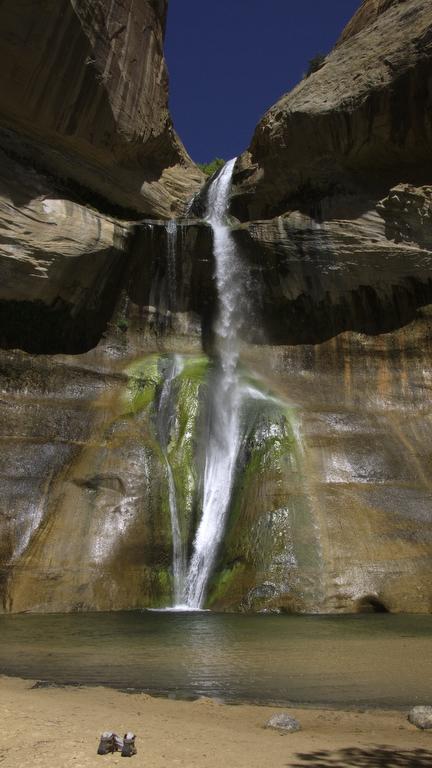
An “exciting, backroad, scenic adventure”. Well worth the trip. Learn more about Hell’s Backbone bridge.
I posted additional photos here.
N 37 57.984 W 111 35.638

An “exciting, backroad, scenic adventure”. Well worth the trip. Learn more about Hell’s Backbone bridge.
I posted additional photos here.
N 37 57.984 W 111 35.638
Happy 20th birthday to our Big Mac index.
WHEN our economics editor invented the Big Mac index in 1986 as a light-hearted introduction to exchange-rate theory, little did she think that 20 years later she would still be munching her way, a little less sylph-like, around the world. As burgernomics enters its third decade, the Big Mac index is widely used and abused around the globe. It is time to take stock of what burgers do and do not tell you about exchange rates.
The Economist’s Big Mac index is based on one of the oldest concepts in international economics: the theory of purchasing-power parity (PPP), which argues that in the long run, exchange rates should move towards levels that would equalise the prices of an identical basket of goods and services in any two countries. Our “basket” is a McDonald’s Big Mac, produced in around 120 countries. The Big Mac PPP is the exchange rate that would leave burgers costing the same in America as elsewhere. Thus a Big Mac in China costs 10.5 yuan, against an average price in four American cities of $3.10 (see the first column of the table). To make the two prices equal would require an exchange rate of 3.39 yuan to the dollar, compared with a market rate of 8.03. In other words, the yuan is 58% “undervalued” against the dollar. To put it another way, converted into dollars at market rates the Chinese burger is the cheapest in the table.
More photos from our recent journey. This time, the Boulder, Utah area:
I’ve posted some photos from our recent visit to Utah’s Capitol Reef National Park here.
 .
.
Check out all the photos here.
CHICAGO — A U.S. air marshal removed himself from a Southwest Airlines flight Thursday after dropping a clip of bullets on the floor just before the plane was to take off, an airline spokeswoman said…”Since he was no longer traveling incognito, he decided not to continue on the flight, … He picked the bullets up immediately.”
Its mild climate, stunning scenery and proximity to several national parks have helped make Washington County one of the five fastest-growing counties in the nation. But like many rural Western counties, it has little room to expand: 87% of its land is owned by the federal government.
Now, Utah’s congressional delegation has a plan to remedy the problem, one that is being closely watched by nearly a dozen Western counties with similar growing pains. The plan is also being scrutinized by conservationists who warn that it would set a dangerous precedent, making thousands of acres of public land available for private development as well as offering a windfall for local agencies and special deals for politically influential officials and property owners.

N37? 49.753′ W 111? 25.291′